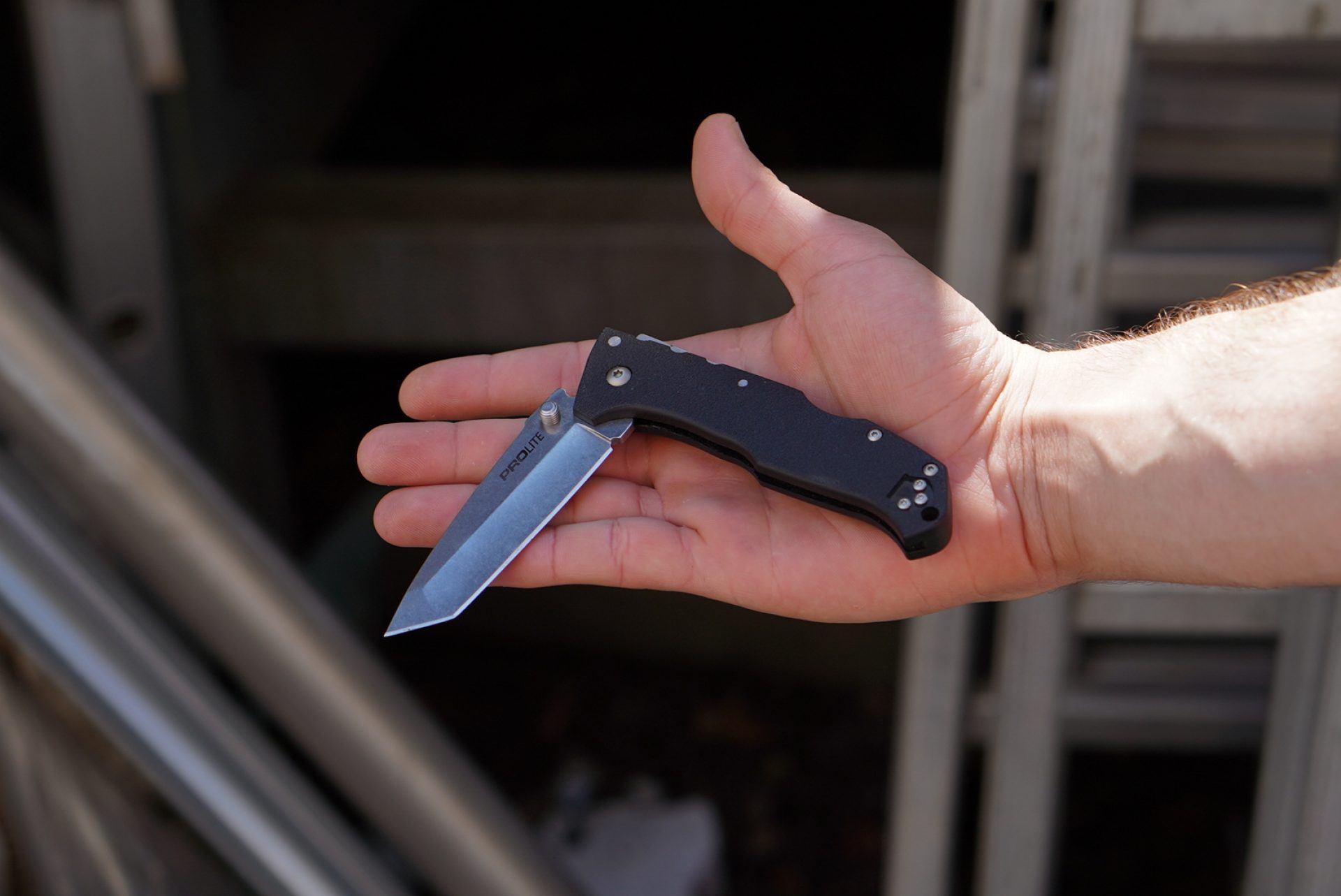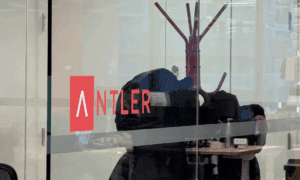Introduction to 4116 Steel
4116 steel, also known as X50CrMoV15, is a high-carbon, stainless steel developed by ThyssenKrupp, a German conglomerate known for its engineering prowess. This type of steel is most commonly used in the manufacturing of high-end kitchen cutlery and medical instruments due to its excellent balance of hardness, toughness, and corrosion resistance. Its versatile properties also make it a favorite choice for outdoor and tactical knives.
Composition and Characteristics
The composition of 4116 steel knives includes approximately 0.5% carbon, 15% chromium, 1% molybdenum, and 0.5% vanadium. This specific blend results in a steel that is remarkably resistant to wear and corrosion while maintaining a high level of toughness. The higher chromium content ensures excellent rust resistance, making it ideal for use in environments exposed to moisture and acidic elements.
The addition of molybdenum enhances the steel’s strength and resistance to pitting and other forms of corrosion, while vanadium contributes to the steel’s ability to retain a sharp edge after prolonged use. These attributes make 4116 steel highly sought after for professional applications where precision and longevity are critical.
Advantages of 4116 Steel in Knife Making
One of the main reasons knife makers turn to 4116 steel is its exceptional durability. Knives crafted from this steel can withstand heavy use without degrading, making them ideal for both culinary professionals and outdoor enthusiasts. The steel’s ability to maintain sharpness with minimal maintenance is a key feature that reduces the need for frequent sharpening.
Furthermore, 4116 steel’s impressive corrosion resistance means it is particularly well-suited for knives used in fishing, boating, and other marine activities. Its resistance to rust not only prolongs the knife’s life but also ensures that it remains safe and hygienic for food preparation tasks.
Applications Beyond Knife Making
While 4116 steel is renowned for its use in knife blades, its properties also lend themselves well to other precision instruments. In the medical field, tools made from 4116 steel are valued for their durability and resistance to sterilization processes, which often involve harsh chemicals that can corrode lesser materials. Similarly, in the food industry, processing equipment made from 4116 steel benefits from the same hygienic qualities that make it a staple in commercial kitchens.
Caring for 4116 Steel
To maintain the optimal condition of 4116 steel knives, it is recommended to clean and dry them immediately after use, especially if they have been in contact with acidic substances or moisture. Although 4116 steel is less prone to rust, taking these precautions will ensure the longevity of the blade’s sharpness and luster. Regular honing and occasional professional sharpening will help maintain the blade’s edge, making your cutting tasks more efficient and enjoyable.
Conclusion: The Superior Choice for Diverse Needs
In conclusion, 4116 steel is a superb choice for anyone requiring a reliable, long-lasting material for their cutting tools or precision instruments. Its blend of wear resistance, edge retention, and corrosion resistance, coupled with its relative ease of maintenance, makes it an outstanding option across various industries. Whether for a chef’s favorite knife, a fisherman’s companion, or a surgeon’s scalpel, 4116 steel continues to prove its worth as one of the most versatile and dependable materials available on the market today.





























